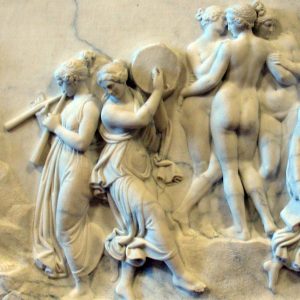NOTE ON THE TRANSCRIPTIONS, REALISATIONS AND ARRANGEMENTS
Guitar musical text is often dominated by symbols that denote choice of string, left hand fingering, position, Barre chords etc as well as the normal marks of expression.
This burdensome clutter often gets in the way of the actual musical text encouraging players to ‘play the fingerings’ rather than the notes. It can affect the player’s sight reading, which, of course, is the key to accessing a wider range of music.
I have purposely put all of this information to one side in each of the scores on offer for a variety of reasons:
- To make these scores similar to those of other instruments.
- To de-clutter the score and make the musical text more visible.
- To encourage the player to add, where necessary, their own fingerings that will ultimately help their performance at those moments where the correct choice ofa fingering is critical.
- To encourage players to ‘read the notes’ and know the score more securely.
- To encourage players to add their own marks of expression, which will encourage a positive approach to interpretation.
- To encourage a more proactive approach with the written musical text.
- To encourage more collaborative work with singers and other instrumentalists.
The guitar is an instrument where one can play the same note in several different places. This in itself is challenging but is also useful because it allows the player to be imaginative with their fingering by creating appropriate sonorities from the different strings. Often, the fingerings in printed music are those created by the editor or, in some cases a well known performer and may not necessarily be appropriate for the player at their stage of musical and technical development.
Ultimately, my aim is to encourage a more proactive approach to the music, which in turn will develop a deeper understanding of not only the musical text, but also the actual note positions on the guitar fingerboard.


